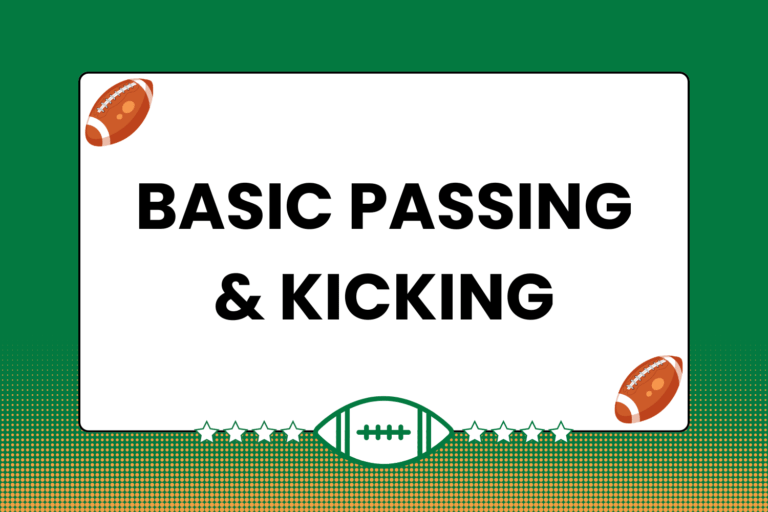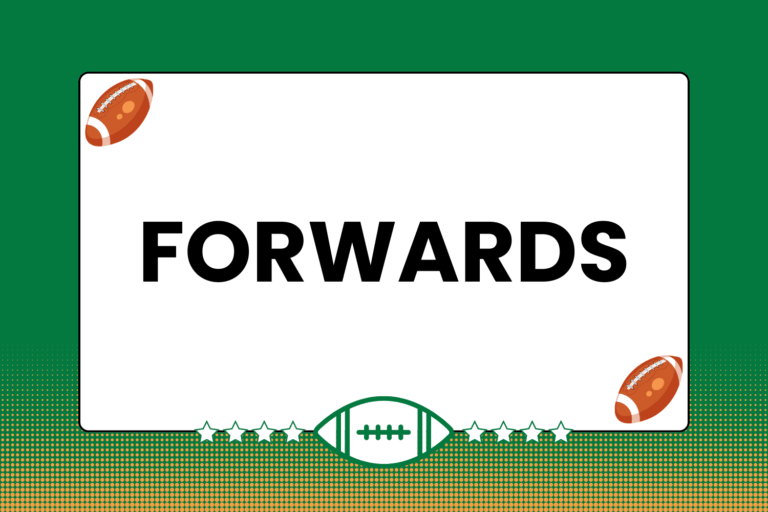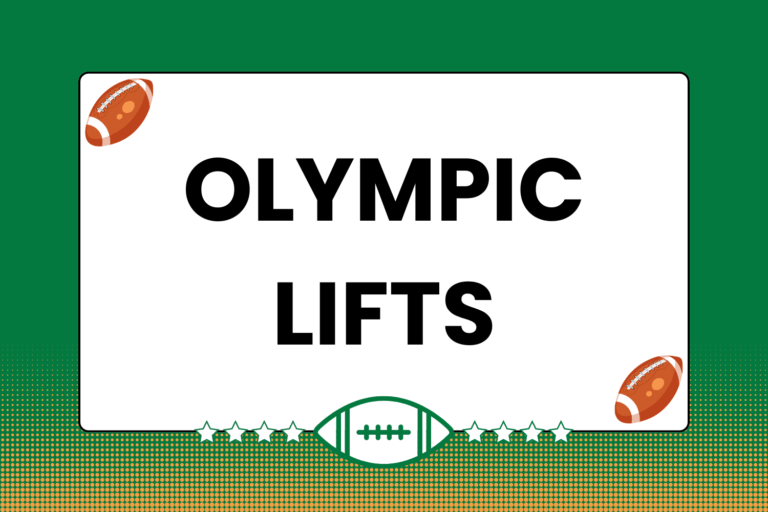Rugby is a fast-paced, fluid game. In accordance, many of the game’s laws were created specifically to sustain that fluid, fast-paced nature. One such law is the offside law, which decides whether a player is legally eligible to make a play on the ball. These decisions are context-based, and vary from one situation to the next. As a result, there are several variations to the offside law, which are identified and explained in this guide.
Offside in General Play
Below is a basic overview of the offside law according to the International Rugby Board’s Laws of the Game:
“At the start of the game all players are onside. As the match progresses players may find themselves in an offside position. Such players are then liable to be penalized until they become onside again…In general play, a player can be put onside either by an action of a teammate or by an action of an opponent. However, the offside player cannot be put onside if the offside player first interferes with the play.”
In general play situations, the ball acts as a constantly-moving offsides line. So long as a player stays behind the ball — that is, between the ball and his team’s try line — he will stay onside. The same principle applies to the opposing players; they remain onside as long as they stay in front of the ball, or between the ball and their own try line.
At its core, the offside law is concerned with a player’s position at the time that they make a play on the ball. Since rugby players rarely stand in the same place for too long, though, multiple stipulations are required to explain what constitutes offsides. Here’s a look at the offside law as it applies to general play situations:
- Player with the ball: It’s impossible for the player with the ball to be offside, as the ball itself acts as a constantly-moving offsides line. However, the instant that player is no longer in possession of the ball, he is potentially capable of being offside.
- Teammate with the ball: When a player’s teammate has the ball, that player must stay behind the ball or player with the ball to remain onside. This law also ensures that players don’t get caught making forward passes; if every single one of the ball carrier’s teammates is behind him, an illegal forward pass is impossible.
- Opponent with the ball: Pretty much the inverse of the “teammate” scenario; when the opposing team has the ball, you must stay in front of the ball. This helps put players in a good position to attempt a tackle, as the tackle can only be made from a head-on direction (not from the side or behind).
The offside law in general play is frequently applicable, but not always enforced by the referee. An offside player usually won’t be penalized if he makes an effort to quickly get back onside without impeding play/or obstructing an opposing player. In other words, if a player is offside but quickly gets back onside, he won’t be penalized.
Offside at Other Game Structures
The mandates of the offside law extend to non-general play situations as well. However, because of the structural differences between these types of scenarios, additional offside stipulations are required. Here’s a look at how the offside law applies in other areas of the game.
Offside at the Ruck & Maul
The ruck and maul fall somewhere between general play and set pieces. When rucks and mauls occur, the offside law applies in two ways:
- While they are forming: Before the referee has formally announced that a ruck or maul is taking place — while players are rushing to join in — players from both sides are still allowed to join in. However, they may only do so by coming in from behind or to the side of their rearmost teammate.
- After they’ve formed: Players not involved in the ruck or maul after the referee formally announces it’s underway must stay behind the rearmost foot of the rearmost teammate who is involved.
Players on both sides can join (or re-join) the ruck or maul after it’s been established, provided they do so in accordance with the conditions outlined above.
Hot Tip: Move Quickly
Though it’s true that players who are offside have the opportunity to get back onside, they have a very limited amount of time to do so. It’s up to the referee, but the chances are good that an offside player will be called out if he doesn’t move back onside quickly enough.
Offside at the Scrum & Lineout
Unlike rucks and mauls — where anyone is allowed to participate — only certain players (or more specifically, positions) are permitted to be involved in scrums and lineouts. Likewise, to stay onside, these players must be in specific places while the scrum and lineout are underway.
At the Scrum
The forwards involved in the scrum are exempt from offside/onside consideration because they’re obligated to stay in the scrum until the ball is played out from it. However, the offside law applies to everyone else:
- Scrumhalf (before the ball is won): The scrumhalf who performed the put-in is permitted to stay in that spot, provided that that player doesn’t stray into the other side’s half of the field. Likewise, the opposing scrumhalf is allowed to be anywhere along the outside of the scrum on his side’s half of the field.
- Scrumhalf (after the ball is won): The winning side’s scrumhalf must keep at least one foot on his side’s half of the field until the ball is played out. The losing side’s scrumhalf is allowed to travel onto the other team’s half of the field in pursuit of the ball, but must stay completely behind the ball until it’s played out.
- Players not involved in the scrum: All players not involved in the scrum must stay at least five meters behind the rearmost foot of the rearmost teammate in the scrum.
At the Lineout
Much like the scrum, only a select group of players from both sides participate in the lineout. As this is the case, the offside law applies to both groups (taking part and not taking part) in different ways:
- Players in the lineout: Much like the ball acts as an offside line in general play, the line of touch that is formed when a lineout occurs also establishes the onside/offside boundary. The same offside stipulations that exist in general play also apply here: Stay on your side’s half of the field, and don’t interfere with an opposing player if you’re offside.
- Players not in the lineout: All players not in the lineout must stay at least 10 meters back from the line of touch.
One Law, Many Applications
Though it can be difficult to comprehend without seeing it in action, the offside law has some far-reaching influences throughout the game. Much like other infractions can be offset by the advantage rule, so too is there a bit of flexibility in enforcing an offside violation. However, the best way to avoid infringement is to not be guilty in the first place. The better any law is understood (especially the offside law), the easier it is to stay within the boundaries of the game.





